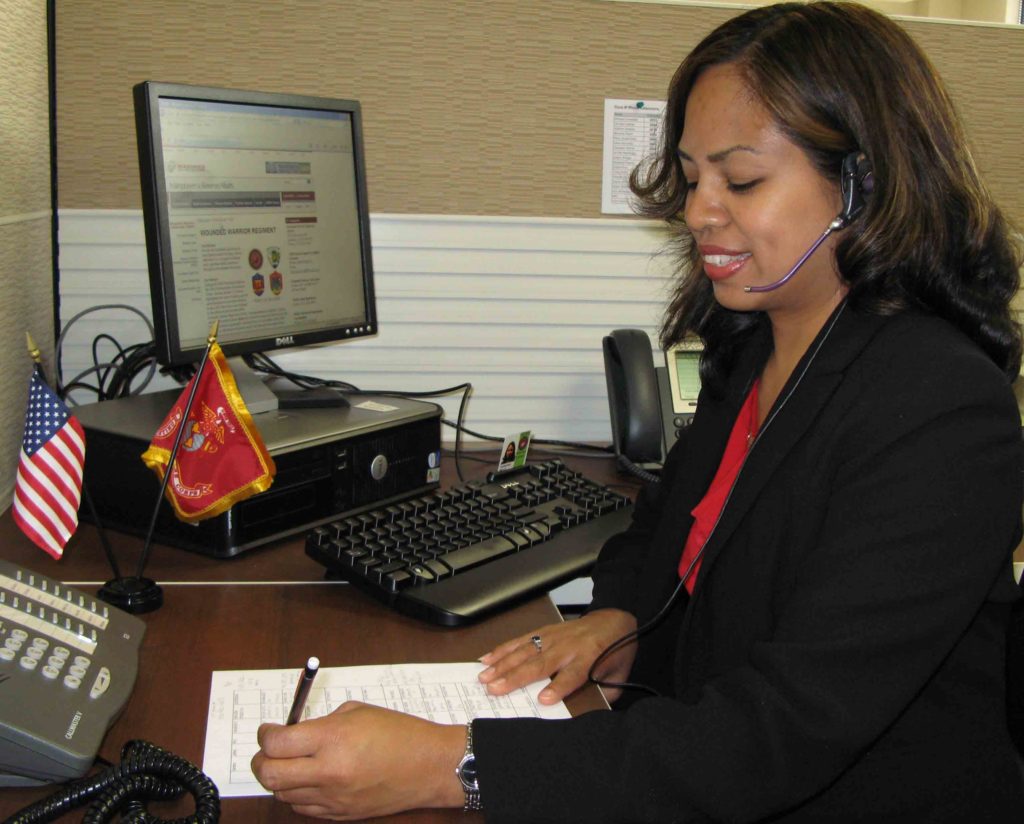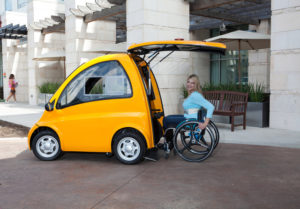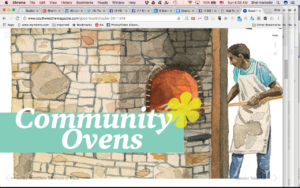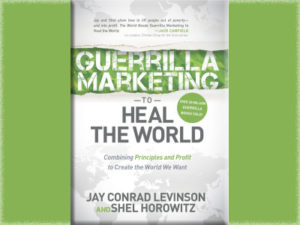THREE Culture Shifts to Create REAL Customer-Centric Companies
- Create a culture where employees feel valued and listened to—where what they do makes a difference. Empower them not just to fix customers’ problems but to harness their own creativity to create preemptive change. IN the trenches every day, employees often have the best ideas for improving things. But they will only share those ideas if they think management will pay attention and that they won’t get punished in any way. No matter how crazy an idea may seem, give it a full airing. Often, you can modify it to be practical, and implement those pieces. Consider implementing a reward system for any idea. The reward doesn’t have to be monetary. It could be as simple as naming the employee with the best idea, or with the most ideas, Employee of the Month. However, if the idea saves or makes the company a big pile, the originator should get a money reward too. For hierarchical companies, this means letting go of command-and-control and making line employees feel that management really wants their ideas—which can be discussed in public meetings/assigned to study/IMPLEMENTATION committees and NEVER dismissed out-of-hand by a manager either 1:1 or in public. This takes training, of course.
- Really listen to your customers. Don’t just wait for them to complain. Go out and ask them what they love about working with you, and what they’d like you to improve—and why.

A woman on a customer service call, taking handwritten notes Treat this seriously and publicize the way their suggestions become innovations (including honoring them by name, if they consent). Not only will this show how responsive you are, it encourages more people to jump in with their own ideas.
- Align your company with a higher purpose. If people feel that you’re making both a difference and a profit, they will become much more enthusiastic Employee turnover drops while productivity goes up, customer retention increases, and you might even become a media darling. For instance, can you identify, develop, and market a profitable product or service that actually helps turn hunger and poverty into abundance, war into peace, or catastrophic climate change into planetary balance?
- Bonus tip, because I like to overdeliver: shift from a scarcity to an abundance mindset. Replace “yes, but” with “yes, and”: expand the possibilities, build off that suggestions until you’ve co-created something wonderful. Then go implement it!
Need help? This is what I do in my consulting, writing, and speaking. I’m really good at finding opportunities for almost any company to “do well by doing good” (old Quaker saying): to find profitable niches that make the world better, and to create the products and services to fill those niches. Here’s my contact info. Want to learn more? Drop by https://goingbeyondsustainability.com/ and have an explore.









